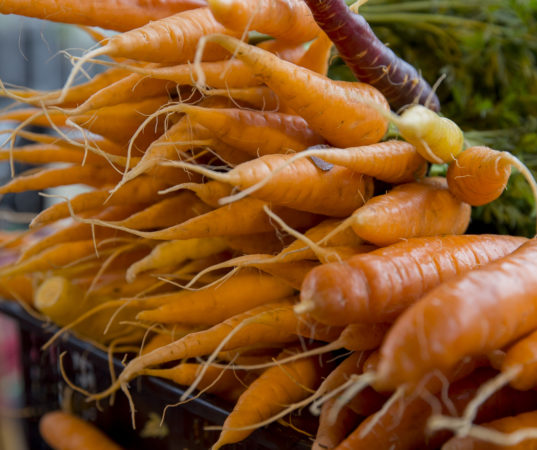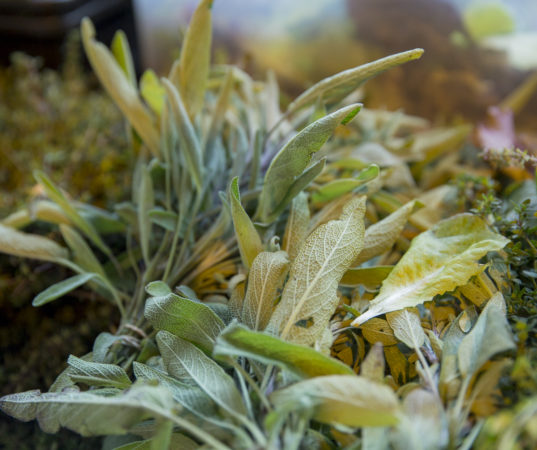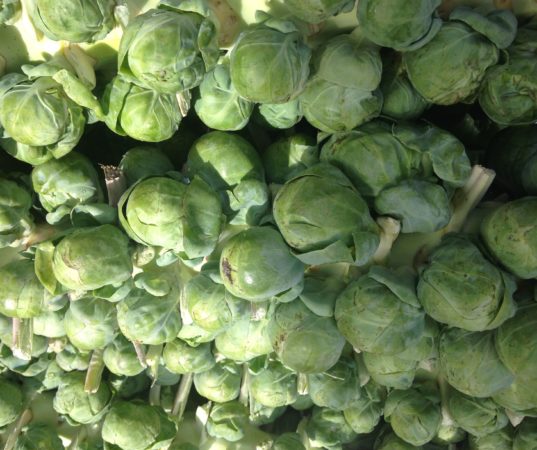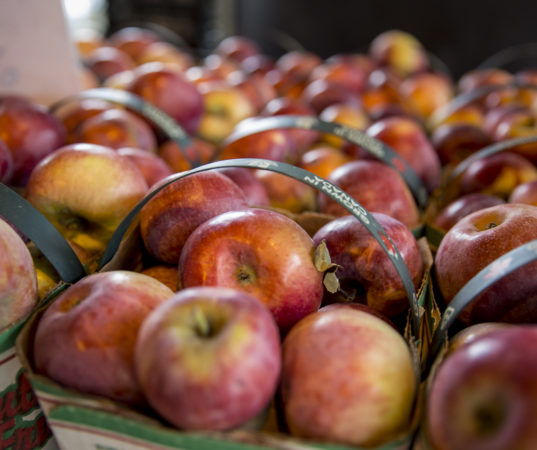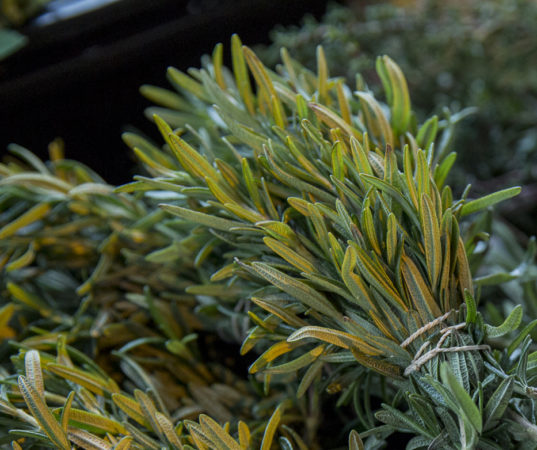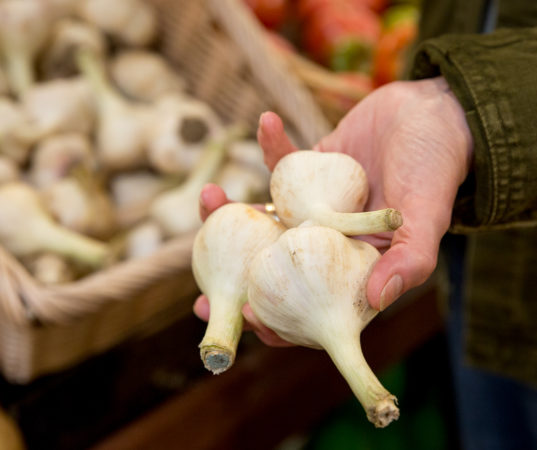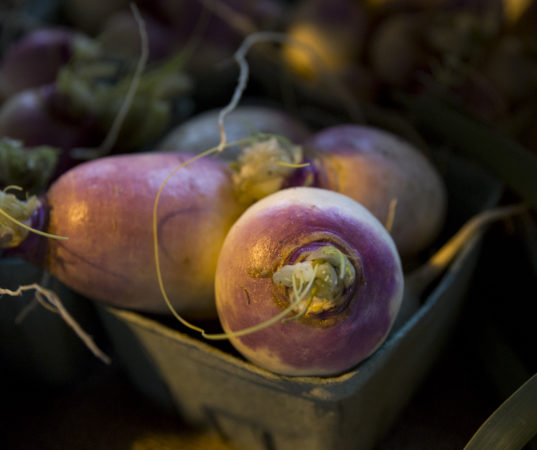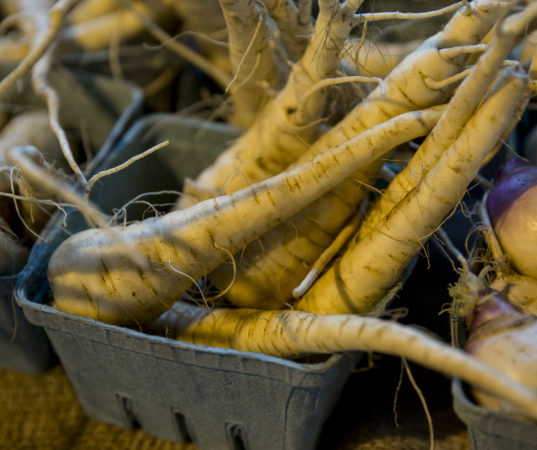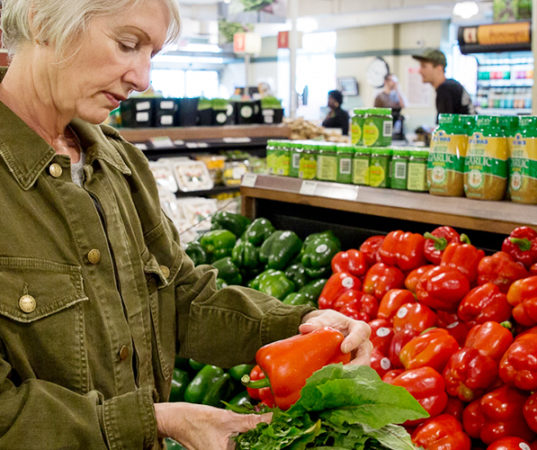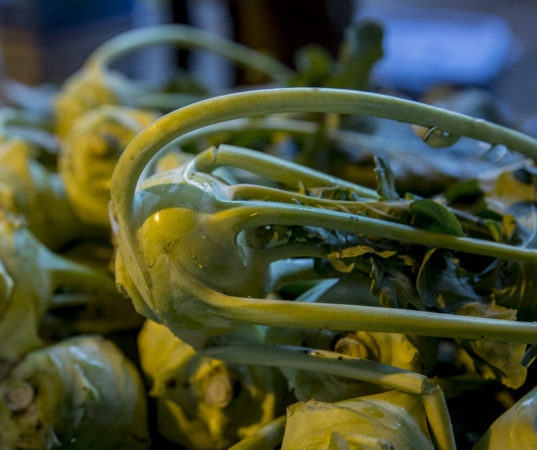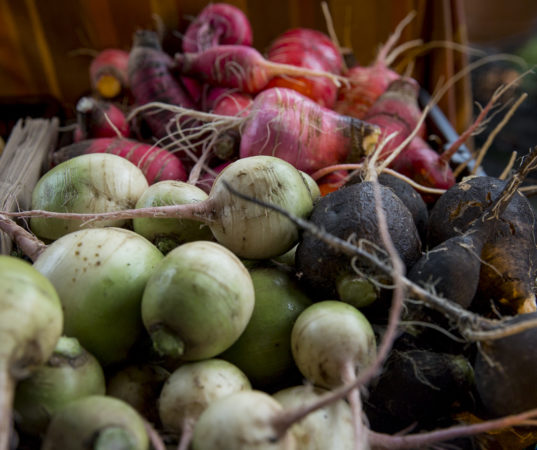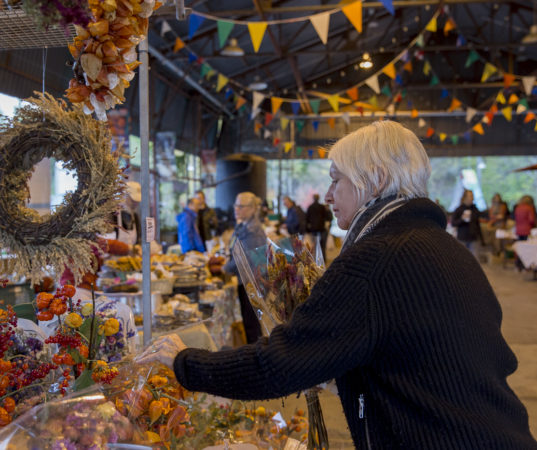Learn how to live a healthy life and leave a legacy of wellness by looking both to the past and to the future.
You Are What Your Grandparents Ate takes conventional wisdom about the origins of chronic disease and turns it upside down. Rooted in the work of the late epidemiologist Dr. David Barker, it highlights the exciting research showing that heredity involves much more than the genes your parents passed on to you. Thanks to the relatively new science of epigenetics, we now know that the experiences of previous generations may show up in your health and well-being.
Many of the risks for chronic diseases — including obesity, type 2 diabetes, high blood pressure, heart disease and dementia — can be traced back to your first 1,000 days of existence, from the moment you were conceived. The roots of these vulnerabilities may extend back even further, to experiences your parents and grandparents had — and perhaps even beyond.
Similarly, what happens to you will affect your children and grandchildren. That’s why it’s so important to make good dietary choices, get a suitable amount of exercise and be cautious about exposure to toxins. Positive lifestyle changes have been shown to spark epigenetic adjustments that can lead to better health, not only for yourself, your offspring and their children, but also for generations to come.
This book makes hard science accessible. It is a call to action for social as well as personal change, delivering the message that by changing our own health, we can also influence the future of the world.
Judith Finlayson is a bestselling author who has written books on a variety of subjects, from personal well-being and women’s history to food and nutrition. A former national newspaper columnist for The Globe and Mail, magazine journalist and board member of various organizations focusing on legal, medical and women’s issues, she is
also the author of over a dozen cookbooks. Judith lives in Toronto, Canada.
Foreword by Dr. Kent Thornburg, Professor of Medicine and Director of the Center for Developmental Health at the Knight Cardiovascular Institute, and Director of the Bob and Charlee Moore Institute for Nutrition & Wellness at Oregon Health & Science University in Portland, Oregon.
YOU ARE WHAT YOUR GRANDPARENTS ATE

Chile peppers bring both sweet and fiery zest to dishes — discover a fascinating and seemingly endless variety within the pages of this delightful book.Contrary to popular belief, a pepper does not need to make your eyes water or start a fire in your mouth to qualify as a chile. “Chile” is simply the common name for the fruit of the capsicum plant and chiles come in a wide variety of colors, shapes and flavors.
There are five major species of chile peppers and thousands of varieties, in a wide range of sizes, shapes and colors. Even experts disagree about how many there actually are. So it is probably not surprising that the spelling for the word itself is somewhat problematic. Is it chili, chilli or chile? You are likely to come across all of those spellings if you are reading up on the topic.
This comprehensive book (which serves as both a reference and a cookbook) from bestselling author and expert researcher Judith Finlayson takes you through dozens of chiles and provides absorbing information on everything from the historical and geographic origins of chiles to information on the Scoville scale (which measures the hotness of a chile and was invented by Wilbur Scoville) to the health benefits of chiles and finally, 250 delicious and inventive recipes.
Full color throughout, this book takes inspiration from chiles and embraces them with an enthusiasm that maximizes their true flavor potential. From fiery Tex-Mex inspired meals to savory and sweet Thai dishes, this incredible collection of recipes is sure to make you a lover of all things chile.
Tuna Tapenade
Known as Provençal caviar, tapenade is a flavorful mixture of capers, olives and anchovies, among other ingredients. Here, the addition of tuna lightens up the result. Serve this with carrot or celery sticks, sliced cucumber, crackers or Basic Crostini . It also makes a delicious filling for hard-cooked eggs.
Alfalfa
Tzatziki
This classic Greek condiment is a great dip with warm pita, or crudités. It also makes a great dipping sauce for souvlakis.
Sumptuous Spinach and Artichoke Dip
 Spinach and artichoke dip has become a classic. Serve with whole grain tortilla chips, or sliced whole grain baguette.Continue reading→
Spinach and artichoke dip has become a classic. Serve with whole grain tortilla chips, or sliced whole grain baguette.Continue reading→
Peaches with Raspberry Coulis and Passion Fruit Sorbet
This dessert is so good – and all you do is turn on the food processor and assemble it.
Italian-Style Chicken in White Wine with Olives and Polenta

This is a fairly straightforward recipe for chicken cooked in white wine, distinguished by the addition of fresh sage and sliced green olives, which add pleasant acidity to the sauce. Served over polenta, it makes a delicious one-dish meal.
Creole Chicken With Red Rice
 Creole Chicken with Red Rice I love the lively Cajun flavors of this dish. Served on a deep platter, surrounded by colorful rice and sprinkled with flecks of toasted sliced almonds, preferably with bits of skin for the visual effect, it’s pretty enough to serve to guests.
Creole Chicken with Red Rice I love the lively Cajun flavors of this dish. Served on a deep platter, surrounded by colorful rice and sprinkled with flecks of toasted sliced almonds, preferably with bits of skin for the visual effect, it’s pretty enough to serve to guests.
Traditional Coleslaw
There is nothing fancy about this coleslaw – it’s the kind our mothers used to make. Here we’ve added some caraway seeds to bump up the flavor and made a jalapeño pepper an option for those who like a bit of heat.
Share this:
- Click to print (Opens in new window) Print
- Click to share on Facebook (Opens in new window) Facebook
- Click to share on LinkedIn (Opens in new window) LinkedIn
- Click to share on X (Opens in new window) X
- Click to share on Pinterest (Opens in new window) Pinterest
- Click to share on Reddit (Opens in new window) Reddit
- Click to share on Tumblr (Opens in new window) Tumblr



